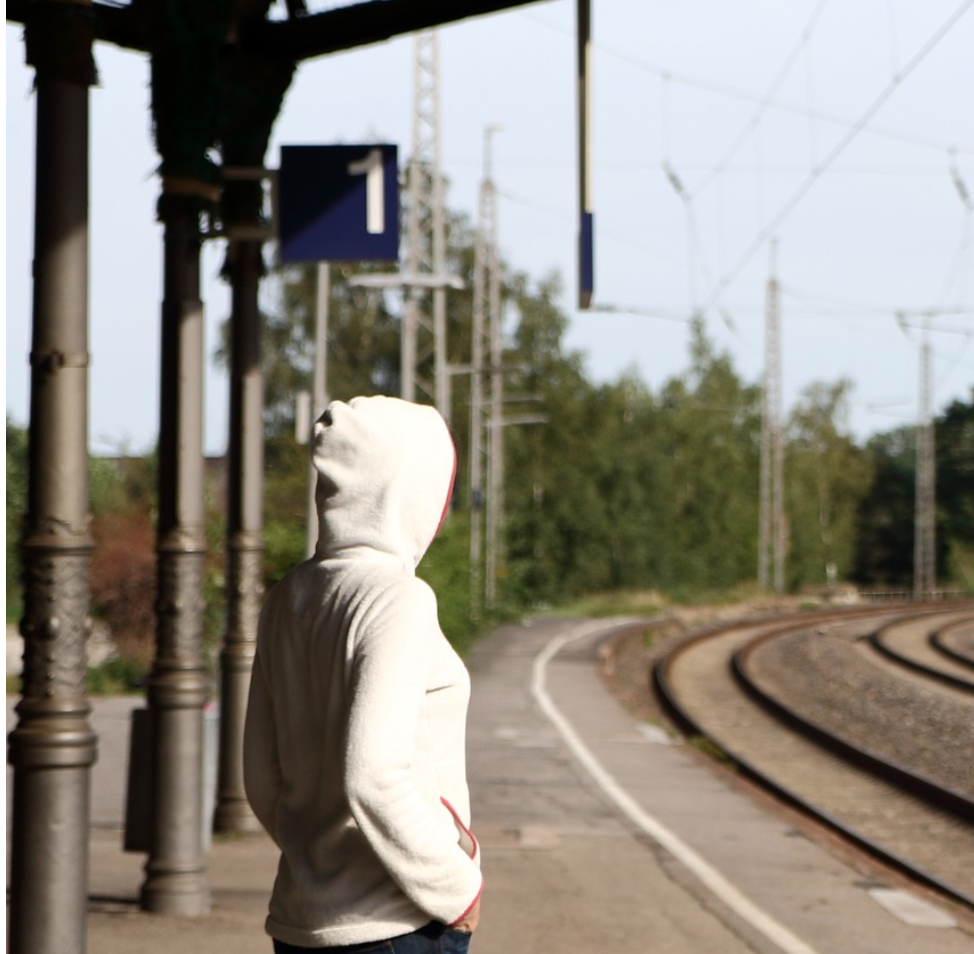Without immediate federal cash, more than three million households and 1.4 million workplaces will lose their access to life-sustaining public transportation, a new study finds – and Black, brown and low-income city residents will bear the brunt.
The Metropolitan Transportation Authority in New York, the Denver Regional Transportation District, and most of the country's largest networks have all warned they may be forced to slash service — some by as much as 40 percent – but for the first time, TransitCenter has quantified the human toll of those cuts, and more importantly, put a face to the commuters who will be left stranded.
In most cities, that face is a person of color.
In a new report that looked at 10 American cities that are likely facing 50-percent service cuts during peak hours, plus 30-percent cuts during off-peak hours, a few chilling highlights stood out (the full report, compiled with the Center for Neighborhood Technology, is embedded below):
- In Atlanta, a stunning 142,557 people would lose access to frequent all-day transit — and more than half of impacted workers would be Black residents.
- A significant 33.8 percent of households in Boston don't own private vehicles, which means Beantown would be hit especially hard by transportation cuts. An unacceptable 10,538 households would be left stranded if transit were cut by 40 percent, and the clawbacks would disproportionately affect Hispanic and Black Bostonians.
- A lot of people could be forced to walk this winter in epically cold Chicago: cuts in the Windy City would leave 65,281 without access to a reliable, indoor way to get around without an often-unaffordable private vehicle. (Streetsblog Chicago has more detail.)
- Cincinnati would be particularly devastated by the type of deep budget slashing the researchers modeled — so much so that it would functionally eliminate frequent transit service city wide. All 16,599 people and 65,422 job-creators currently served by frequent transit would be cut off from it, which could swiftly paralyze the city's economy.
- The Mile High City of Denver would also have one of the highest disparities in impact among racial groups, with BIPOC Denverites shouldering 54 percent of the burden of lost service despite making up just 36 percent of the population.
- Three-quarters of the Miami residents who would lose access to full-day service would be non-White, and some of them are already feeling the pain: "If public transit were cut further, that would be even more time and money out of my pocket, and I can’t afford it," reported a worker named Ayanna, who's currently being forced to pay for an Uber she can't afford multiple times per week just to make it to work.
- In Philadelphia, second-shift workers would face particular struggles, including the 21,948 commuters who leave work between midnight and 5 a.m. who would lose access to frequent transit. Philly is also home to the largest concentration of people with disabilities of any U.S. city, a population which disproportionately relies on public transportation.
- By sheer numbers, Seattle would face one of the deepest craters in ridership, with 349,364 people losing access to frequent service. That's larger than the entire population of Anaheim, Calif.
- Los Angeles has a reputation for car domination, but a lot of its residents still rely on transit to survive. A whopping 43,535 households without access to a private vehicle would lose access to frequent service if the local agencies cut back by 40%.
- New York City is also particularly in trouble, as Streetsblog reported today.
Advocates reacted to the report with fear for the future of cities — and a call to action.
"If we want the economy to recover then we need people who can work to be able to get to work," said Beth Osborne, director of Transportation for America. "Congress needs to step up and pass the $32 billion in emergency relief that public transportation needs to survive this crisis."
The report comes as the federal government has repeatedly stalled over another round of emergency funding for the transit agencies nationwide, which are experiencing catastrophic ridership shortfalls due to the coronavirus pandemic. By July, for example, New York City's MTA had exhausted all of the $3.7 billion that federal authorities allocated early in the pandemic under the CARES Act. Overall, the agency is facing a $16-billion overall budget gap.
“Our analysis shows [transit cuts] would have profound impacts,” said Transit Center Director of Research Steven Higashide. “Millions of people would lose access to high-quality transit near their home and workplace. Late-night commuters trying to get to essential jobs would be stranded. And, as has happened so often in this pandemic, the blow would fall most heavily on Black riders and communities of color.”
Meanwhile, the federal logjam may be about to break as House Democrats apparently are negotiating with the Trump administration on a smaller relief bill that could include some transit funding. Neither the Washington Post report on the impending legislation nor the House Democrats’ own press release mentioned transit, but the transit news is buried on pages 12 and 13 in a longer bill summary here.
It would allocate $32 billion in “transit emergency relief,” plus $2.4 billion to support Amtrak in the Northeast Corridor and elsewhere.
MTA CEO Pat Foye applauded the bill.
“We applaud Speaker Nancy Pelosi and House Democrats for including $32 billion desperately-needed relief for mass transit we’ve been advocating for in the new version of the HEROES Act,” Foye said in a statement. “I also want to thank the bipartisan New York delegation for their hard work and steadfast support.
“It’s a fact that mass transit systems across the country move local economies forward and this aid will help power the nation’s recovery. We urge Senate Republicans to pass this legislation quickly — and the President to sign it. Public transit systems simply can’t afford anything less. There is no time to waste — the jobs of millions of Americans depend on it.”






